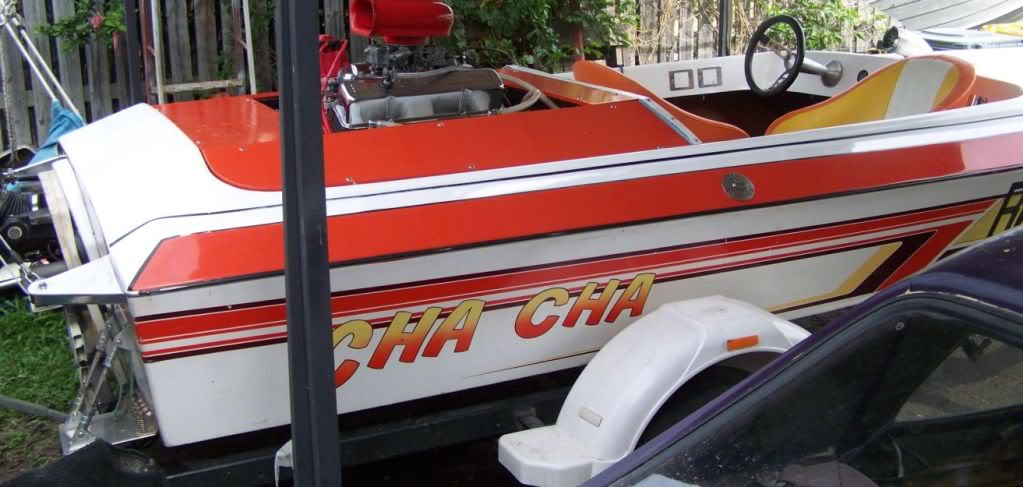Sorry, we got mixed up there due to my terminology.
I was referring to them as "bigger" and "smaller" as a simple means of determining between the sizes, obviously 65 is a bigger number than 45.
I understand they do not flow more or less due the the size, and also understand that the number refers to how many " HG they open at.
I've never been involved with pro tuning circles, so just have a basic terminology i use with some friends of mine who like me like to tinker, We all know what were talking about but sometimes i'd nearly bet that someone standing to the side listening in wouldnt work out if were talking about cars of space ships.
Also i dont fully understand everyones hatred of an air fuel ratio meter. Its getting a few dislikes in this thread.
At the end of the day im a very novice tuner, and to be honest if i had it out and was holding it without anything hooked up i wouldnt be able to tell you if the slight hesitation it has is due to being to rich or to lean or whatever... The LM-2 lets me get a bit of a view of whats happening so i can get a basic scope of where it is and where it should be.
Im not out trying to tune it to a specific number, merely looking at it, noting the afr when its performing well and also noting the afr when its not performing so well. Now if the afr is leaner when its not performing so well obviously its got a lean spot, if its richer when it hesitates then obviously it has a rich spot.
I understand where your coming from to an extent, sure if i was determined to get it (random figures) bang on 12.7 when im on the throttle and bang on 14.9 at light throttle (which would be impossible in a boat anyway) then i could understand. But thats not what im doing here.
Sorry if thats not the "proper" way of tuning an engine and i also apologize if i cant tune an engine with a bit of poly pipe to my ear and a vac line over my cock like some older guys seem to think they can but it seems to work on previous engines i've had....
And the kit is so god damb cheap from the states i dont really know why everyone hates them so much. If i had spent 5k on it yeah sure little rich boy playing with toys most people cant have but it cost me like $400 so who cares??
Sorry if that sounds a bit harsh, i dont mean it to be and i have nothing but respect for your opinion oldjohnno and really appreciate your input and your time helping me, but i just dont get how using the meter the way i do is so damn wrong??
Now, back to topic. vac at a slow cruise speed (obviously 100 in a car doesnt work, so i'll use 30mph in the boat, basic skiing speed and im pretty sure still on the idle circuit) is IIRC about 12"HG.
Pinned from either that speed or from a stand still drops to about 2" HG.
So basically what your saying is my PV is about the right size.
Going from the 45 to the 65 did make a slight difference and improve the hesitation (seat of pants, not by the meter), hence why i thought bigger (there's that terminology again) might be better. Again novice tuner. Apparently that difference didnt exist and i was dreaming??
I did think about drilling out those horsepower holes a bit (more of that terminology lol), or PVCR's as you call them. I did this to the blow through 2bbl on the grenade engine and it definitely helped a LOT. I dont have jet drills so i can only go to the next 1/64th (which i did on the nade) which may be to much for this combo... Still could be considered though. Perhaps a set of jet drills on the next summit order.
Might look at playing with the squirters. To be honest the reason we didnt get that far is because She was getting low on fuel, we spent quiet some time frOcking around, as well as a few high speed blasts 10k or so down the river and back just cause its fun.
I dont really have a large amount of spares. Not sure what the squirter on the carb is now, but i know i have a 25 as a spare. Pretty certain the one on the carb now is bigger. I notice summit sells kits of squirters and the cams so i might get a kit of each, seeing though they seem to be quiet important. Perhaps even a 50cc pump conversion to test??
Cheers.
Edited by Bomber Watson, 25 September 2011 - 04:50 PM.

mate be very carefull pulling carby apart and working on it in th river as fibreglass and petrol and spark are not a good mix especially in a boat where fumes will sit low in the hull and any petrol spilled will sit on top of water in boat and out,











